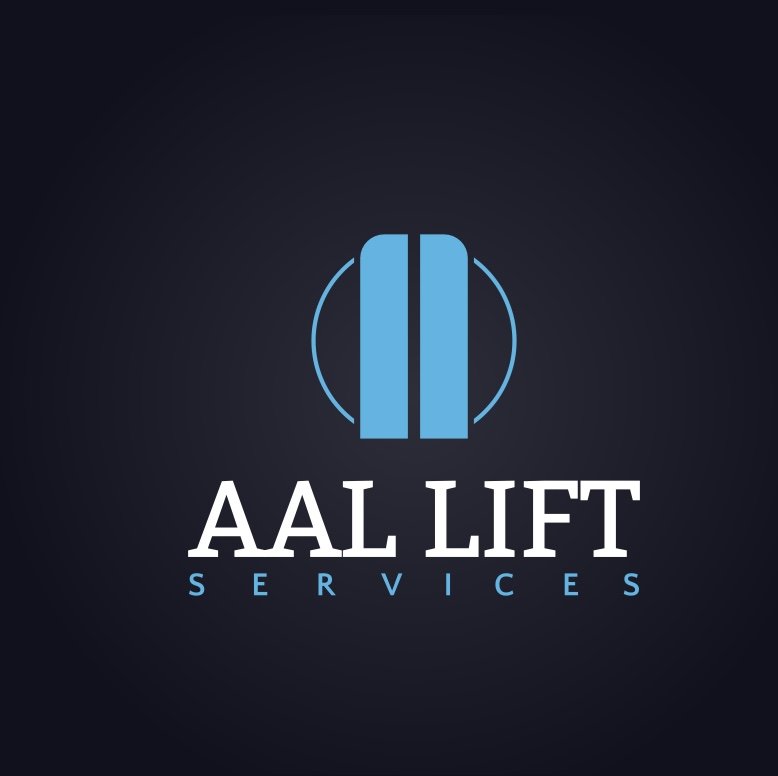Dumbwaiters and Goods Lifts
A dumbwaiter lift is a small freight elevator or lift designed to transport goods rather than people. Here are some key points about dumbwaiter lifts:
Purpose and Use
Dumbwaiters are primarily used to transport items such as food, dishes, laundry, documents, or other small goods between different floors in a building.
They are commonly installed in residential homes, restaurants, hotels, hospitals, and other commercial or industrial settings.
Size and Capacity
Dumbwaiters are available in various sizes and capacities to accommodate different needs. The size will depend on the intended use and the amount of space available for installation.
Capacities can range from as small as 50 pounds (about 23 kilograms) to a few hundred pounds.
Construction and Design
Dumbwaiters are typically designed as compact, vertical lifts with a simple structure.
They consist of a cab or carriage, a hoisting mechanism, and guide rails. The cab moves up and down within a shaft to transport items between floors.
Installation
Dumbwaiters can be installed during the construction phase of a building or added later as a retrofit.
They can be customized to fit specific spaces, and they may be designed for either interior or exterior use.
Controls
Dumbwaiters are generally equipped with simple controls. Some models have buttons inside the cab for each floor, while others may have a control panel at each landing.
Safety Features
Safety features are important for dumbwaiters to prevent accidents. These may include door interlocks, emergency brakes, and overload sensors.
Regulations and Codes
Depending on the location and purpose, there may be local building codes and regulations that dictate the installation and use of dumbwaiters. It's essential to comply with these standards for safety and legal reasons.
Maintenance
Regular maintenance is crucial to ensure the proper functioning of a dumbwaiter. This includes inspections, lubrication, and addressing any issues promptly.
When considering a dumbwaiter for your specific needs, it's advisable to consult with a professional installer or supplier who can assess your requirements and provide recommendations based on your building's structure and usage patterns.
